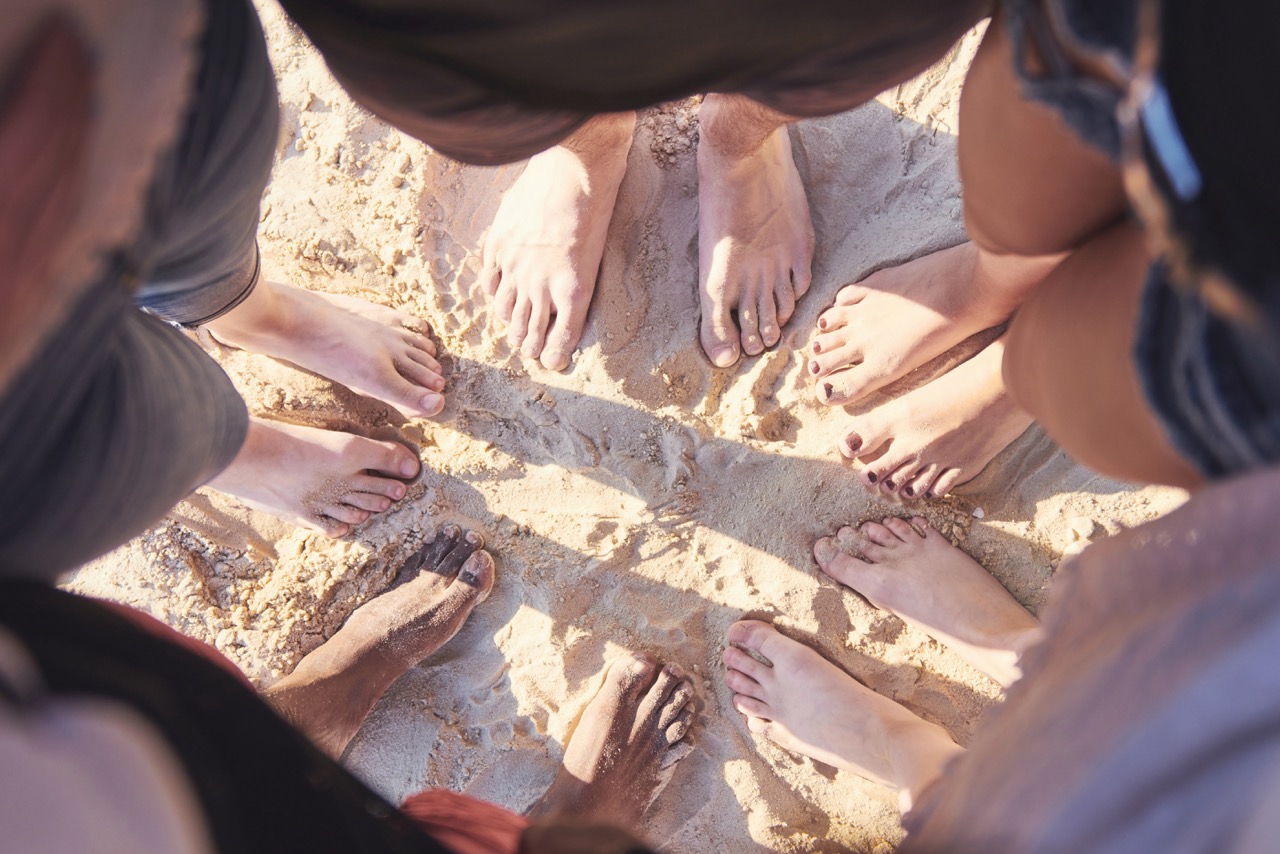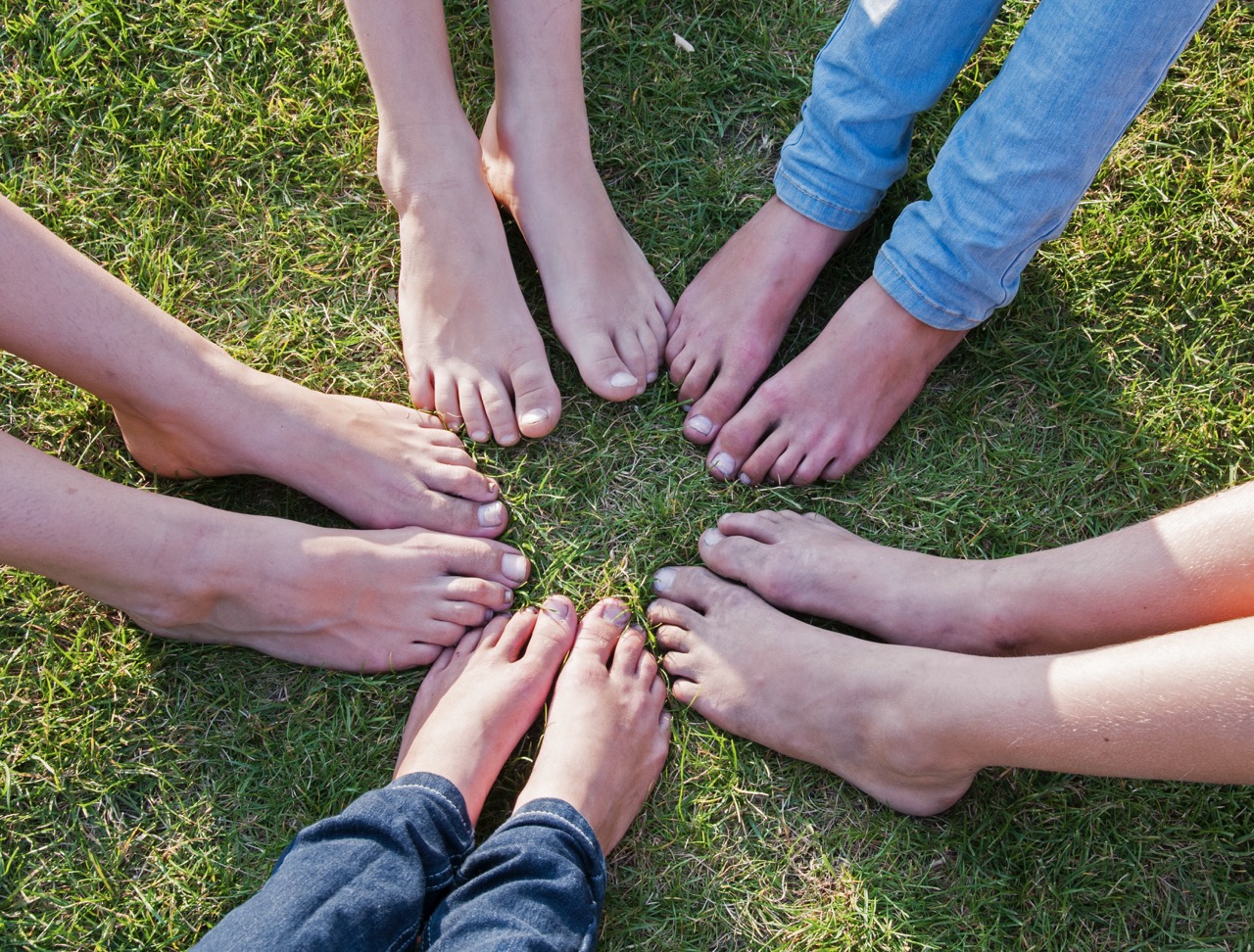What Is The Cultural Importance Of Barefoot Dancing In African Traditions?

Barefoot dancing is a pervasive element of many African cultural traditions, serving as a medium for expression, communication, and community cohesion. The act of dancing without shoes transcends mere performance; it embodies a profound connection to the earth, ancestry, and spirituality. This article explores the cultural importance of barefoot dancing in African traditions, examining its roots, historical context, symbolism, community roles, spiritual significance, preservation of knowledge, contemporary adaptations, and the impacts of globalization.
Understanding the Roots of Barefoot Dancing in Africa
Barefoot dancing in African cultures can be traced back to the very essence of life in various communities. Traditionally, dance is intertwined with the rhythms of nature, sacred rituals, and communal gatherings, making it a vital aspect of cultural identity. The practice of dancing without shoes is not merely a stylistic choice but is deeply rooted in the spiritual and physical connection to the earth, embodying a sense of freedom and authenticity. It reflects the communal ethos where the dancer becomes one with the community and the environment.
The origins of barefoot dancing can also be linked to the historical narratives that have shaped various African societies. Many tribes viewed the act of dancing as a way to connect with their ancestors, celebrate agricultural cycles, and mark important life milestones. This connection to the earth is palpable in the act of dancing barefoot, where the dancers feel the ground beneath them, creating a tactile intimacy with their surroundings. As a result, barefoot dancing is often a reflection of both the cultural heritage and the geographical landscape of Africa.
Historical Context of Dance in African Cultures
Historically, dance has played a multifaceted role in African societies, serving as a vehicle for storytelling, education, and social commentary. Dance was not merely entertainment; it was an integral element of ceremonies such as weddings, funerals, and initiation rites. Through rhythm and movement, traditional dances conveyed the values, beliefs, and histories of the community, fostering a sense of belonging and continuity across generations.
Moreover, each dance form is often distinctive to a particular tribe or region, with unique movements that encapsulate specific stories or themes. This diversity showcases the multiplicity of cultures within Africa, illustrating how dance has evolved alongside social structures, religious practices, and even colonial encounters. As such, the historical context of dance in African cultures lays the groundwork for understanding its significance within contemporary society.
Symbolism of Feet in African Traditional Practices
In many African traditions, the feet symbolize not only physical movement but also spiritual grounding and connection to ancestral heritage. Feet are often seen as a conduit for energy, facilitating the flow of life force from the earth to the dancer. This perspective elevates the act of dancing barefoot to a spiritual practice, allowing individuals to channel their emotions and energies through their movements.
Furthermore, the feet are significant in various African proverbs and oral traditions, frequently symbolizing the journey of life, wisdom, and humility. Dancing barefoot thus becomes an act of reverence, honoring the earth and the ancestors while also embodying the resilience and vibrancy of the community. This symbolism underscores the importance of barefoot dancing as a form of cultural expression that transcends mere aesthetics.
The Role of Barefoot Dancing in Community Cohesion
Barefoot dancing serves as a powerful tool for community cohesion, fostering unity and collective identity among participants. In many African cultures, communal dances often involve the entire community, irrespective of age or social standing. This inclusivity strengthens interpersonal bonds and creates a sense of belonging, as individuals come together to celebrate shared values and experiences.
Moreover, the rhythmic nature of barefoot dancing facilitates social interaction and collective participation. As community members engage in synchronized movements, they create a shared rhythm that resonates beyond the physical space, instilling feelings of joy and solidarity. This communal aspect of dance not only reinforces social ties but also serves as an important mechanism for conflict resolution and communal harmony, illustrating the integral role of barefoot dancing in maintaining the social fabric of African communities.
Spiritual Significance of Barefoot Movement in Rituals
The spiritual significance of barefoot dancing is particularly pronounced during rituals and ceremonies, where movement becomes a form of prayer or meditation. Many African cultures believe that dance allows individuals to transcend the material world, connecting them to the divine and the ancestral realm. By dancing barefoot, practitioners are often perceived as being more vulnerable and open to spiritual energies, facilitating a deeper communion with the sacred.
Additionally, certain movements and rhythms are specifically designed to invoke the presence of spirits or ancestors during these rituals. The act of dancing without shoes symbolizes humility and surrender to the greater forces at play in life. This spiritual dimension underscores the importance of barefoot dancing as a sacred practice that fosters a profound connection to both the spiritual and natural worlds.
Preservation of Ancestral Knowledge Through Dance Forms
Dance serves as a vital medium for the preservation of ancestral knowledge and cultural heritage in African societies. Each dance form carries with it the stories, teachings, and values of past generations, making it an oral history that is passed down through generations. Barefoot dancing, in particular, emphasizes the physical embodiment of this knowledge, allowing dancers to internalize and express complex cultural narratives through their movements.
Moreover, many communities view dance as an educational tool, teaching younger generations about their heritage, values, and social roles. Through participation in barefoot dancing, individuals not only learn the technical aspects of the dance but also imbibe the cultural significance and historical context behind each movement. This process of learning and performing reinforces communal identity and ensures that ancestral wisdom continues to thrive in contemporary society.
Contemporary Adaptations of Traditional Barefoot Dancing
In recent decades, traditional barefoot dancing has experienced various adaptations as contemporary influences permeate African cultures. While some community members strive to preserve traditional forms, others infuse modern elements, creating innovative dance styles that reflect current social realities. These adaptations often blend traditional rhythms with contemporary music genres, such as hip-hop or electronic, resulting in a dynamic fusion that appeals to younger audiences.
Despite these modern influences, the essence of barefoot dancing remains intact, maintaining its connections to cultural identity and heritage. Contemporary adaptations can also serve as a form of cultural diplomacy, allowing African dance to gain global recognition and appreciation. This evolution illustrates the adaptability of African traditions, showcasing how they continue to resonate in an ever-changing world while still honoring their roots.
Impacts of Globalization on African Dance Traditions
Globalization has brought significant challenges and opportunities to African dance traditions, particularly in the realm of barefoot dancing. The rapid exchange of ideas, styles, and practices has led to an increased visibility of African dance on the global stage. However, this exposure also poses risks of cultural appropriation and the dilution of traditional forms, as external influences may overshadow indigenous practices.
Conversely, globalization has also facilitated the preservation and promotion of these traditions, allowing for collaborations between African and international artists. This cross-cultural exchange can enrich African dance forms, enabling them to evolve while still honoring their historical significance. As communities navigate the complexities of globalization, the challenge remains to strike a balance between embracing innovation and preserving the authenticity of traditional barefoot dancing.
The cultural importance of barefoot dancing in African traditions is multifaceted, encompassing historical, spiritual, and communal dimensions that contribute to its enduring legacy. Through its roots in ancestral practices, the symbolism of feet, and its role in community cohesion, barefoot dancing serves as a vital expression of identity and continuity. As African societies confront the realities of globalization, the resilience of these traditions remains evident, highlighting the significance of barefoot dancing as both a cultural heritage and a living art form. Ultimately, the practice stands as a testament to the richness and dynamism of African cultures, ensuring that the rhythms of the past continue to resonate in the present and future.




